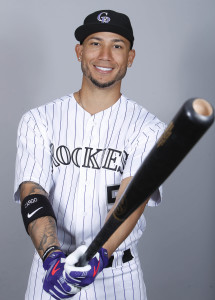You can find all the published entries in our Offseason in Review series here.
The D-backs had perhaps the most surprising, aggressive offseason of any club in baseball in an effort to make a run at the NL West crown.
Major League Signings
- Zack Greinke, RHP: Six years, $206.5MM
- Tyler Clippard, RHP: Two years, $12.25MM
- Total Spend: $218.75MM
Notable Minor League Signings
- Brett Hayes, Kyle Drabek, Joaquin Arias, Wesley Wright, Sam LeCure, Rickie Weeks, Matt Capps, Scott Rice, Tim Stauffer, Jason Bourgeois
Trades and Claims
- Acquired RHP Shelby Miller and LHP Gabe Speier from Braves in exchange for CF Ender Inciarte, SS Dansby Swanson and RHP Aaron Blair
- Acquired SS Jean Segura, RHP Tyler Wagner and $4MM from Brewers in exchange for 2B Aaron Hill, RHP Chase Anderson and SS/2B Isan Diaz
- Acquired C/OF Chris Herrmann from Twins in exchange for 1B/OF Daniel Palka
- Acquired RHP Sam McWilliams from Phillies in exchange for RHP Jeremy Hellickson
- Acquired RHP Cody Hall from Giants in exchange for cash considerations
Extensions
- A.J. Pollock, CF: Two years, $10.25MM
Notable Losses
- Ender Inciarte, Chase Anderson, Jeremy Hellickson, Oliver Perez, David Hernandez, Aaron Hill, Jarrod Saltalamacchia, Allen Webster, Jhoulys Chacin
Needs Addressed
Entering the offseason, the rotation was known to be Arizona’s greatest need, but for financial reasons, the expectation was more that the D-backs would pursue second-tier arms like Kenta Maeda and Mike Leake than the names at the very top of the market. That, of course, changed in a matter of about 12 hours, which is reportedly the length of time it took the D-backs to sign Zack Greinke to a staggering six-year, $206.5MM contract after owner Ken Kendrick called his front office and gave the green light.
Unlike Greinke’s previous deal, this new contract doesn’t contain an opt-out. While a few million dollars of that sum is deferred, the Diamondbacks are paying Greinke more than $31MM annually, and the actual $34.4MM annual value of the deal (before deferrals) is the largest in Major League history. That represents a huge percentage of the spending capacity of an organization that has only once topped $100MM in Opening Day payroll. The Diamondbacks are betting that Greinke will not only age well, but continue to produce at an elite level — one near the collective 2.30 ERA that he posted over the life of his three years with the division-rival Dodgers. At the very least, they’re counting on him to perform over the life of the next three years, which is the amount of time for which the club controls standout center fielder A.J. Pollock and the team’s other blockbuster offseason addition: right-hander Shelby Miller.
In order to acquire three years of Miller, the D-backs parted with 2015 breakout Ender Inciarte, 2015 No. 1 overall draft pick Dansby Swanson and top prospect Aaron Blair. The price paid was astounding to most, and I’ll look at the Miller deal in full later in this review, but there’s little doubt that the D-backs have overwhelmingly improved upon the collection of starters with which they entered the 2015 season. Greinke, Miller and a full season of the excellent and underrated Patrick Corbin (who missed half of the ’15 campaign recovering from Tommy John surgery) give the club one of the more impressive rotation trios in the big leagues.
Joining that group will be right-hander Rubby De La Rosa and left-hander Robbie Ray. While De La Rosa hasn’t yet cemented himself as a high-quality big league starter, he proved durable last season by racking up 188 1/3 innings and carries further upside. (If nothing else, his velocity and dominance over right-handers suggests that he could be converted to a successful reliever if he continues posting upper-4.00 ERAs.) Ray, acquired in the three-team deal that sent Didi Gregorius to the Yankees, somewhat quietly delivered a strong season, posting a 3.52 ERA and solid peripheral stats in 127 1/3 innings. Although they traded a near-MLB-ready arm in Blair, the D-backs still have Archie Bradley and Braden Shipley on the cusp of the Major Leagues, so there’s depth beyond the starting five should a need arise.
The Diamondbacks have also long been connected to bullpen help — most notably, Aroldis Chapman — but they instead brought in the highly durable Tyler Clippard on a two-year deal late in the offseason. Clippard has been baseball’s iron man in the pen. Dating back to the 2009 season, his 524 1/3 lead all big league relievers, and it’s not even close. Luke Gregerson ranks second on that list but is 44 1/3 innings behind; essentially, Clippard has thrown two-thirds of a season’s worth of innings more than any other reliever since establishing himself in 2009.
There are varying ways to interpret that durability, of course. MLBTR’s Jeff Todd and I discussed the deal this offseason on our podcast, with Jeff viewing the deal as a solid value and a sensible move given the organization’s other acquisitions. I’m more skeptical, particularly in light of last year’s results. While Clippard delivered an excellent 2.92 ERA in his age-30 season, his strikeout rate, walk rate, swinging-strike rate and velocity all trended in the wrong direction, and he posted a 21.2 percent ground-ball rate. If the innings have begun to catch up to Clippard and/or he posts a fly-ball rate near 60 percent at the homer-friendly Chase Field, the return on Arizona’s investment could be marginal. The D-backs were already burned once by acquiring an extreme fly-ball reliever in Addison Reed, and Clippard is an even more pronounced fly-ball arm. If, on the other hand, last year was an anomaly and Clippard pitches more like his 2010-14 self, the Diamondbacks will have deepened their ’pen at a very reasonable price.
Continued analysis after the break …

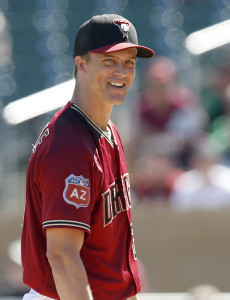
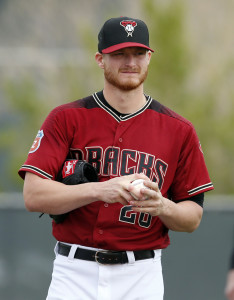


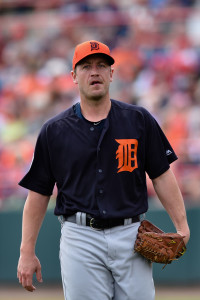



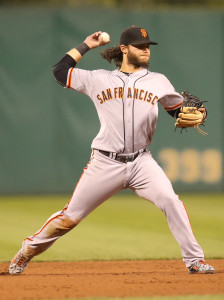
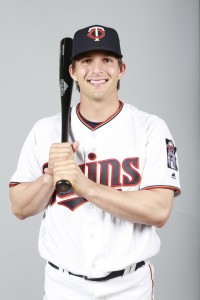
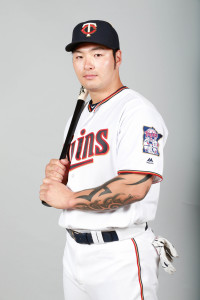
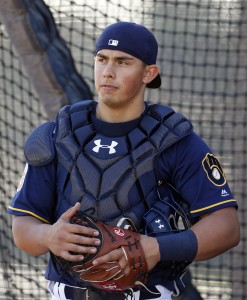
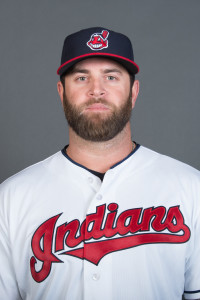
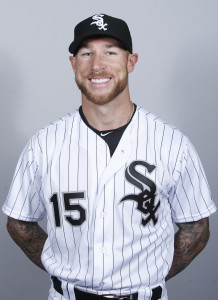 Alexei Ramirez served as Chicago’s starting shortstop for seven years. That era ended when the White Sox declined his club option.
Alexei Ramirez served as Chicago’s starting shortstop for seven years. That era ended when the White Sox declined his club option. 